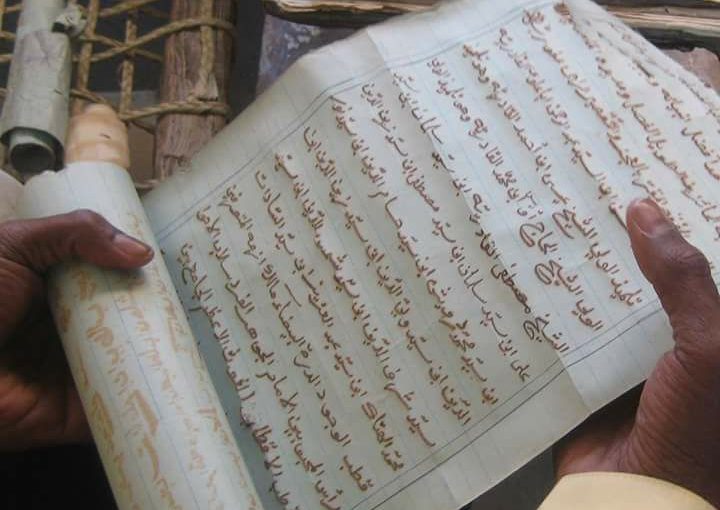Mozambique: 651 cases opened during post-election protests - Attorney General
Mozambique and Brazil universities launch online Swahili Digital Archive – Watch

Photo: Acervo Digital Suaíli / Facebook
Mozambican and Brazilian universities have launched a “Swahili Digital Archive” intended to preserve and disseminate Swahili history and culture in the north of Mozambique via the internet. It is a work in progress and may be accessed through this link: www.acervodigitalsuaili.com.br
“The intention is for the Swahili Digital Archive to foster more academic research, improve teaching at universities and in schools, and contribute to the training of teachers,” a press release explains.
The project, launched on September 17 in Brazil, is the brainchild of 12 researchers from the Mozambican universities Eduardo Mondlane (Centre for African Studies) and Lúrio (CEDIM- Centre for Island of Mozambique Studies) and the Brazilian Pontifical Catholic University of Rio de Janeiro.
The content available in digital format includes manuscripts in “ajami” (the Arabic alphabet convention for African languages), maps, video interviews, audio-visual cultural expressions and photographs.
“Technological popularisation and diffusion as a means of social inclusion will be enhanced by providing digital content as an instrument to support teachers and students,” the note says.
CEDIM E PARCEIROS LANÇAM ACERVO DIGITAL SUAÍLI https://t.co/yDmyapvzIr
— Universidade Lúrio (@UniLurio) September 24, 2018
Ajami script
The term Ajami (Arabic: عجمي ʿajamī), or Ajamiyya (Arabic: عجمية ʿajamiyyah), which comes from the Arabic root for foreign or stranger, has been applied to Arabic alphabets used for writing African languages, especially those of Hausa and Swahili, although many other African languages were written using the script, among them Yoruba. It is considered an Arabic-derived African writing system. Since African languages involve phonetic sounds and systems different from the Arabic language, there have often been adaptations of the Arabic script to transcribe them, a process similar to what has been done with the Arabic script in non-Arab countries of the Middle East and South Asia and with the Latin script in Africa or with the Latin-based Vietnamese alphabet.
The West African Hausa is an example of a language written using Ajami, especially during the pre-colonial period when Qur’anic schools taught Muslim children Arabic, and by extension, Ajami. When Western colonisers adopted a Latin orthography for Hausa, Ajami went into decline and now is employed less frequently than the Latin standard orthography. However, Hausa Ajami is still in widespread use, especially in Islamic circles.
The use of Ajami for other languages in Muslim communities is more common than outsiders may think. Its use is often in a situation of digraphia, with Ajami used for specific purposes, such as for local herbal preparations in the Jula language. (…) – Source: Wikipedia












Leave a Reply
Be the First to Comment!
You must be logged in to post a comment.
You must be logged in to post a comment.